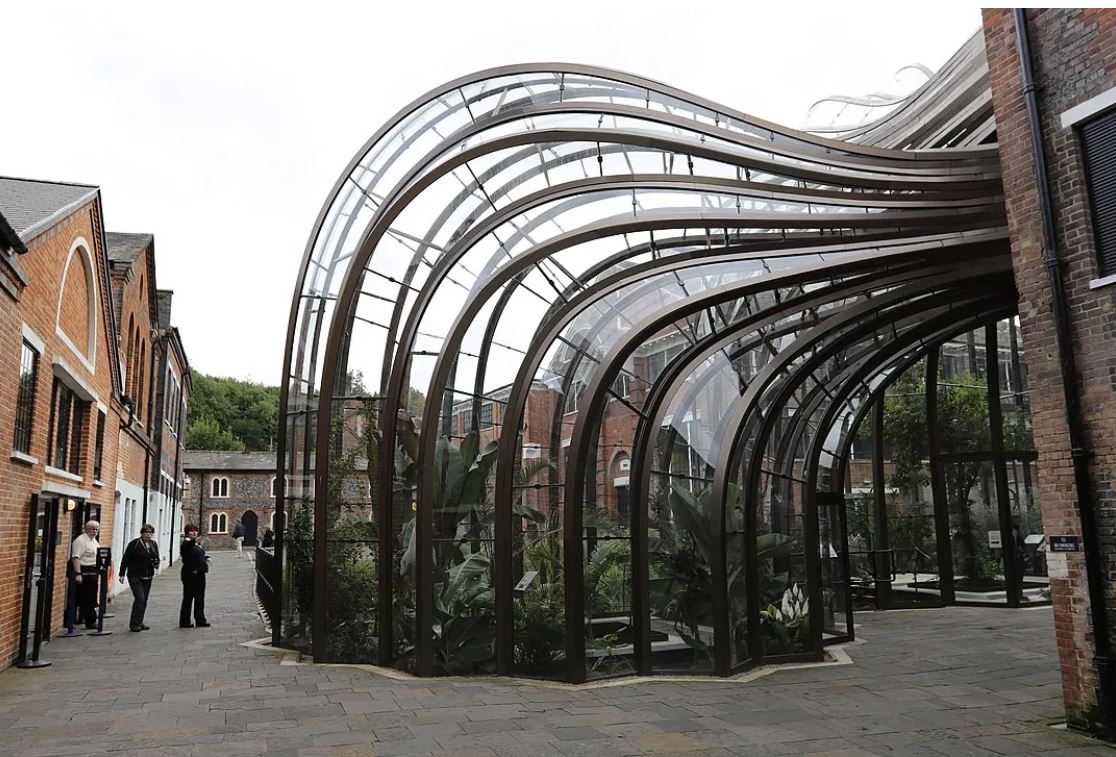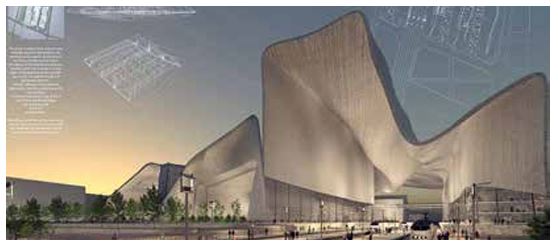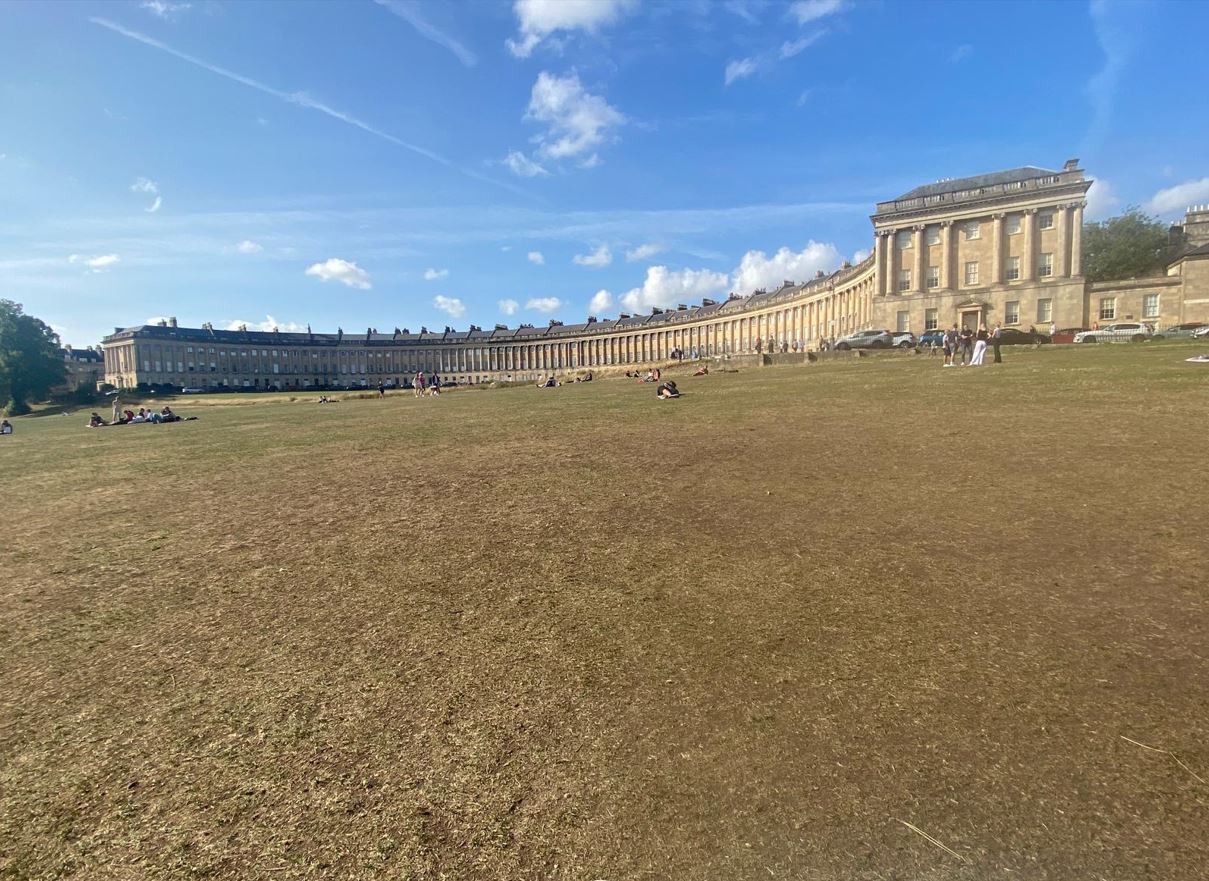In the realm of human endeavor, few pursuits capture the essence of our shared experience quite like architecture and sport. Each discipline, in its own right, is a testament to the beauty of form, function, and the relentless pursuit of excellence. When these two worlds converge, they create spaces that not only inspire awe but also elevate the human spirit. As a visionary in the field of architecture, I am privileged to explore this magnificent interplay of design and athleticism.
The Dance of Form and Function
Architecture is often described as frozen music, a symphony of lines and curves that create harmonious spaces. Similarly, sport is a dynamic ballet, a rhythmic expression of the human body in motion. When architecture embraces sport, the result is a choreography that transcends mere utility, offering an experience that is both profound and exhilarating.
Stadiums and sports arenas, for instance, are more than just venues for competition; they are cathedrals of passion and dedication. The design of these structures must consider the fluidity of movement, the energy of the spectators, and the functionality required to host events that capture the world's imagination.
Air Conditioning: A Necessary Dilemma
In the context of the current Olympiad, a poignant comment by Italian swimmer Thomas Ceccon has sparked a significant discussion: "It is hot and there is no air conditioning." This remark brings to light a critical issue in modern architecture—how do we balance human comfort with environmental responsibility?
As an architect, I am aware of the existential dilemma posed by air conditioning. On one hand, my experiences in places like Shanghai during the humid summers underscore the necessity of air conditioning for basic human comfort and functionality. On the other hand, the widespread use of air conditioning is aesthetically unappealing and contributes significantly to environmental pollution and climate change. The sheer number of individual air conditioning units in cities like Hong Kong and Shanghai creates an endless cycle of energy consumption and heat emission.
Design Solutions: Beyond Air Conditioning
We must find a middle ground. To create sustainable and comfortable environments, especially in hospitality projects, we need to look beyond conventional air conditioning. One approach is to integrate air conditioning systems within the building's design, making them less obtrusive and more energy-efficient. But we also need to explore passive cooling techniques, such as building orientation, natural ventilation, and the use of materials that enhance thermal insulation.
Consider the ancient Etruscan cities like Perugia, where the walls are nearly a meter thick. These walls provide exceptional stability against earthquakes and maintain a balanced indoor temperature—warm in the winter and cool in the summer. Such traditional techniques offer valuable lessons for contemporary architecture. By incorporating thick walls, shaded facades, and strategic landscaping, we can reduce our reliance on air conditioning.
Creating Inclusive Hospitality Spaces
In hospitality design, it is imperative to create spaces that are outstanding for all guests, not just VIPs. Everyone deserves to experience comfort, luxury, and aesthetic pleasure, regardless of their status. This means designing hotels and resorts that are not only beautiful and functional but also inclusive and sustainable.
Towards a Balanced Future
As we reflect on the intersection of architecture and sport during this Olympiad, let us strive for a future where our buildings harmonize with the environment, where comfort does not come at the cost of our planet. Through innovative design and a commitment to sustainability, we can create spaces that inspire and uplift, offering a vision of a world where architecture and nature coexist in perfect balance.
Wishing you a great and thoughtful summer!





.svg)






.jpeg)






.jpeg)





.jpeg)




.jpeg)





.jpg)






.jpeg)





